instead of using a radio, I want to install a Raspberry Pi 3 with my own features in the 2Din Slot, so I have to make my own circuit to play audio. I tried with the following modules based in LM386 pic:

It doesn't work bad at all, but neither good enough, the max volume is not as high as I would like it to be, the sound is not clear, starts to crackle if I increase it, and the bass level is so bad.
Should I try with my own LM386 circuit where I select my own resistor and capacitors till I get the sound I want? should I look for another circuit? another device? maybe something like an equalizer? I would like it to be small enough and as customizable as possible. Also, high bass is one of my priorities.
Voltage is 12.6v Speakers resistance is 4ohms
